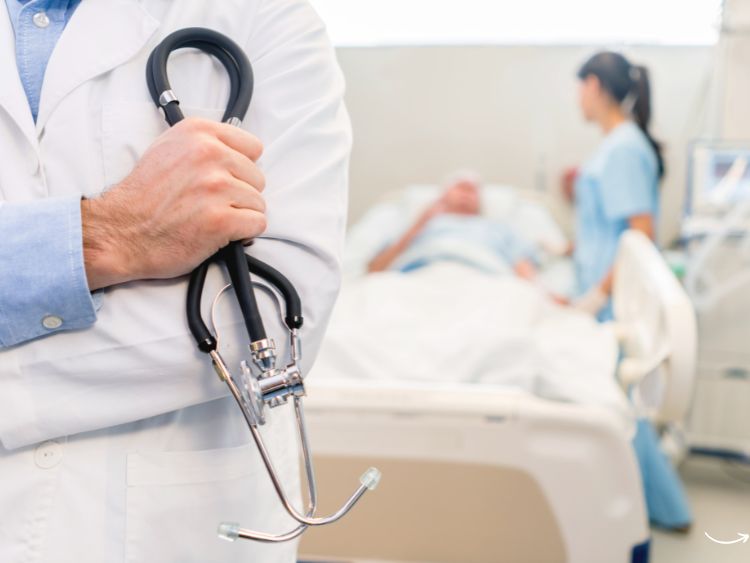Accidents happen. Whether you’re at home, work, or out and about, knowing how to administer first aid can be the difference between life and death. First aid isn’t just for medical professionals—it’s a crucial skill everyone should possess. But what exactly is first aid, and why is it so important? This article will dive into the essentials of first aid, covering everything from the basic principles to more advanced techniques. So, are you ready to become more prepared?
What is First Aid?
First aid is the immediate care provided to someone who has been injured or suddenly taken ill. The aim is to stabilize the person until professional medical help arrives. The idea isn’t necessarily to “cure” the problem but to prevent the situation from getting worse.
The ABCs of First Aid
When it comes to first aid, the ABCs are your bread and butter. ABC stands for Airway, Breathing, and Circulation. These are the three vital components you should check in any emergency:
- Airway: Ensure the person’s airway is open and not obstructed.
- Breathing: Check if the person is breathing. If not, you’ll need to administer rescue breaths.
- Circulation: Make sure the heart is pumping blood. If not, begin chest compressions immediately.
Common First Aid Scenarios and How to Handle Them
While the ABCs cover the basics, there are several specific situations where first aid knowledge can be particularly useful.
Cuts and Scrapes
Almost everyone has had a cut or scrape at some point. While minor cuts usually stop bleeding on their own, more severe injuries may require more attention. Here’s what you should do:
- Clean the Wound: Use clean water to flush out dirt and debris.
- Stop the Bleeding: Apply pressure with a clean cloth or bandage.
- Apply an Antiseptic: This helps prevent infection.
- Bandage the Wound: Use a sterile bandage to protect the area.
Burns
Burns can range from mild to severe. Knowing how to treat them can prevent complications:
- Cool the Burn: Run cool (not cold) water over the burn for at least 10 minutes.
- Cover the Burn: Use a sterile, non-stick bandage or cloth.
- Avoid Ice: Ice can damage the skin and should not be used on burns.
Choking
Choking is another common emergency that requires quick action. The Heimlich maneuver can save a life:
- Identify the Problem: If the person can’t talk, cough, or breathe, they’re likely choking.
- Perform the Heimlich Maneuver: Stand behind the person, place your arms around their waist, and pull upward with quick, forceful movements.
Heart Attacks
Heart attacks are life-threatening and require immediate medical attention. Here’s what you can do:
- Call Emergency Services: Get help on the way as soon as possible.
- Give Aspirin: If the person is conscious and not allergic, give them an aspirin to chew.
- Administer CPR: If the person is unresponsive and not breathing, begin CPR.
Fractures and Sprains
While these injuries are painful, they’re usually not life-threatening. Here’s how to provide first aid:
- Immobilize the Area: Use a splint to keep the injured limb in place.
- Apply Ice: Ice helps reduce swelling.
- Elevate the Limb: Keep the injured limb raised to reduce blood flow to the area.
First Aid Kits: What Should You Include?
A well-stocked first aid kit is a must-have in any home, car, or workplace. Here’s what you should include:
- Bandages: Various sizes, including adhesive strips and larger wound dressings.
- Antiseptic Wipes: To clean wounds.
- Tweezers: For removing splinters or debris.
- Scissors: For cutting bandages or clothing.
- Instant Cold Packs: Useful for sprains and strains.
- Sterile Gloves: To prevent infection.
- CPR Face Shield: For safe mouth-to-mouth resuscitation.
The Importance of First Aid Training
Knowing what to do in an emergency is essential, but so is doing it correctly. That’s why first aid training is so valuable. Many organizations, like the Red Cross, offer courses that cover a wide range of first aid techniques. By completing a course, you’ll gain the confidence and skills needed to act effectively in an emergency.
FAQs
1. What is the primary goal of first aid? The primary goal of first aid is to stabilize the patient and prevent the situation from worsening until professional help arrives.
2. Can I perform first aid without formal training? Yes, you can perform basic first aid without formal training, but it’s highly recommended to take a certified course for more complex procedures.
3. How often should I replace items in my first aid kit? Check your first aid kit every six months and replace any expired or used items.
4. What should I do if I’m unsure how to help? If you’re unsure, the best course of action is to call emergency services immediately and follow their guidance.
5. Are there any legal risks in providing first aid? Good Samaritan laws in many areas protect people who offer first aid from legal liability, provided they act in good faith.
Conclusion
First aid is an invaluable skill that can make a world of difference in emergencies. From treating minor cuts to responding to life-threatening situations like heart attacks, knowing how to administer first aid is something everyone should learn. Keep your first aid kit stocked, consider taking a course, and you’ll be better prepared to handle the unexpected.

